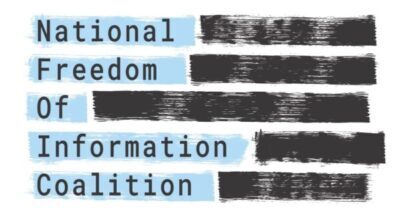The open government data movement came into its own with the Obama administration, at a time when governments—and society more broadly—was beginning to truly realize the value of government data, and open-standards were taking root as drivers of innovation. The thrust of this movement was to identify all valuable Government data sets, and to require agencies to make them available to the public, at no cost, and in open-standard formats that ordinary citizens and enterprises could easily access and leverage.
These key principles were enshrined in the Data.gov initiative, established in May 2009, by then-Federal Chief Information Officer (CIO) of the United States, Vivek Kundra. Ten years later, Data.gov still serves to provide public access to high value, machine readable datasets generated by the Executive Branch of the Federal Government, creating the first publicly-available repository for federal, state, local, and tribal government information.
Another milestone for open government data was the Digital Accountability and Transparency Act of 2014 (the DATA Act), which established a legislative mandate that government data be made freely available in standardized, open formats.
Today, there is unanimous agreement about the value of open government data, not only as an enabler of greater transparency and public accountability, but also as a driver of innovative new services, citizen-centered services, and improved decision-making.
However, non-federal government data sets are not covered by the Executive Branch open data policy or by Federal law. They can be included as part of Data.gov only with the permission of the private sector controller of the data. In this way, the rights of private sector providers of proprietary data can be protected, while still allowing the government to use private sector data resources to accomplish its mission. (Read more…)
